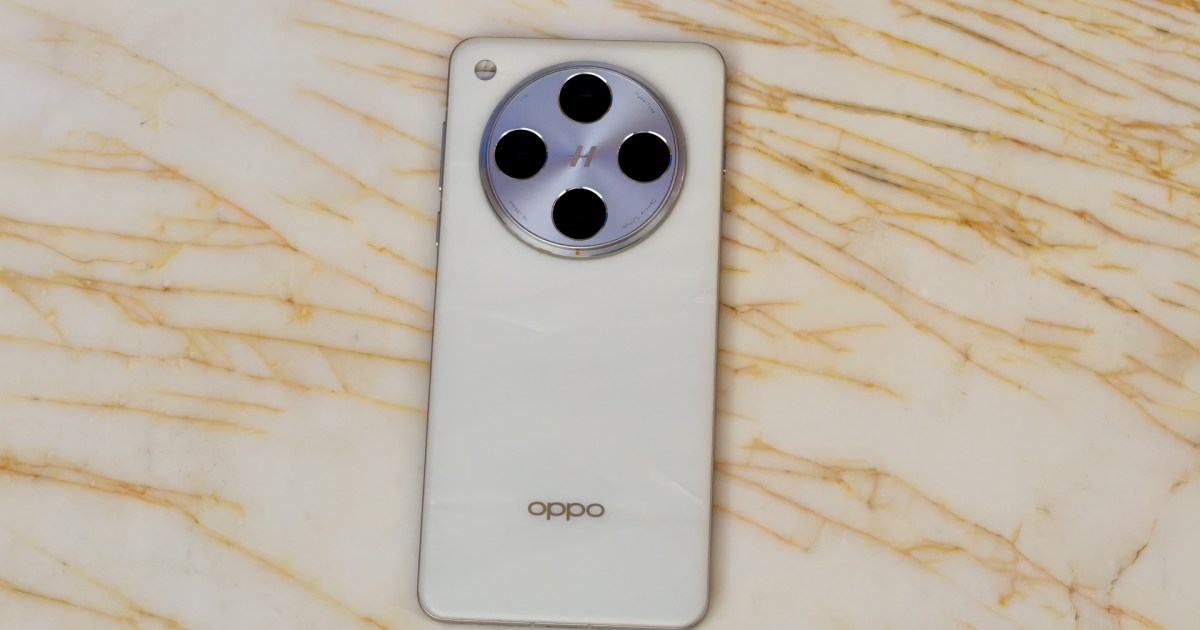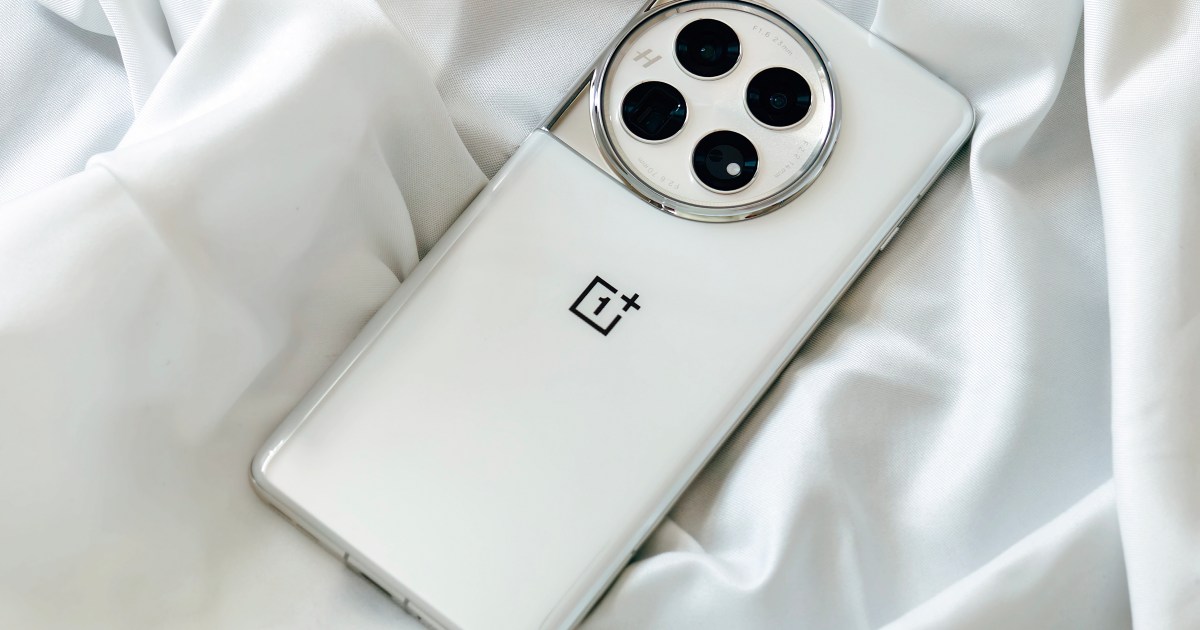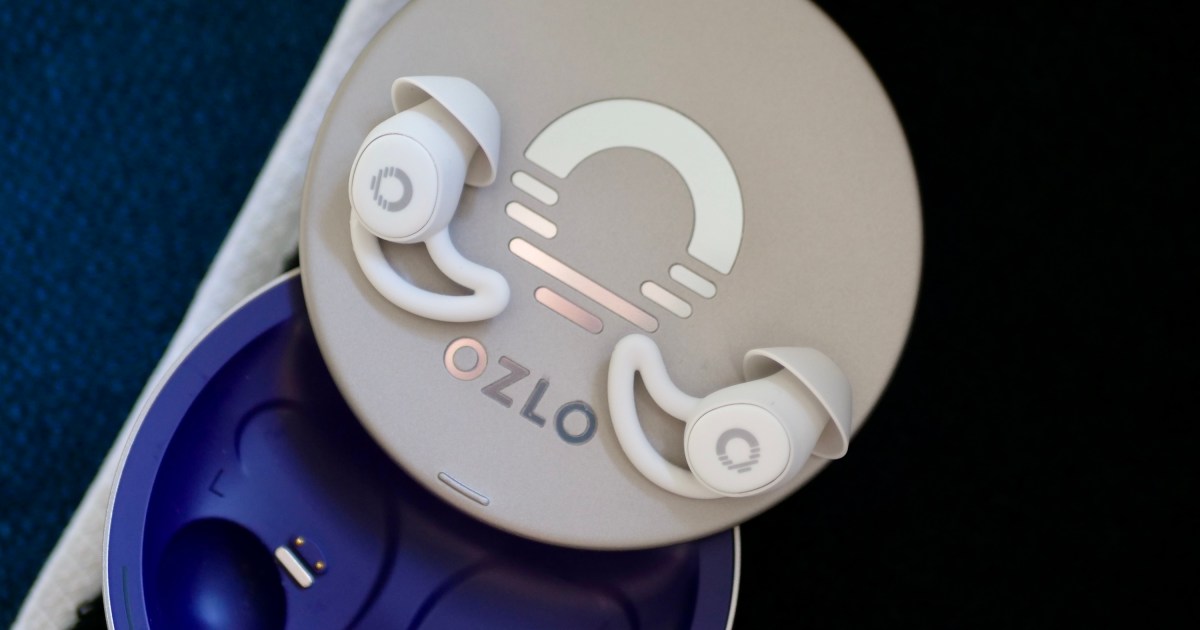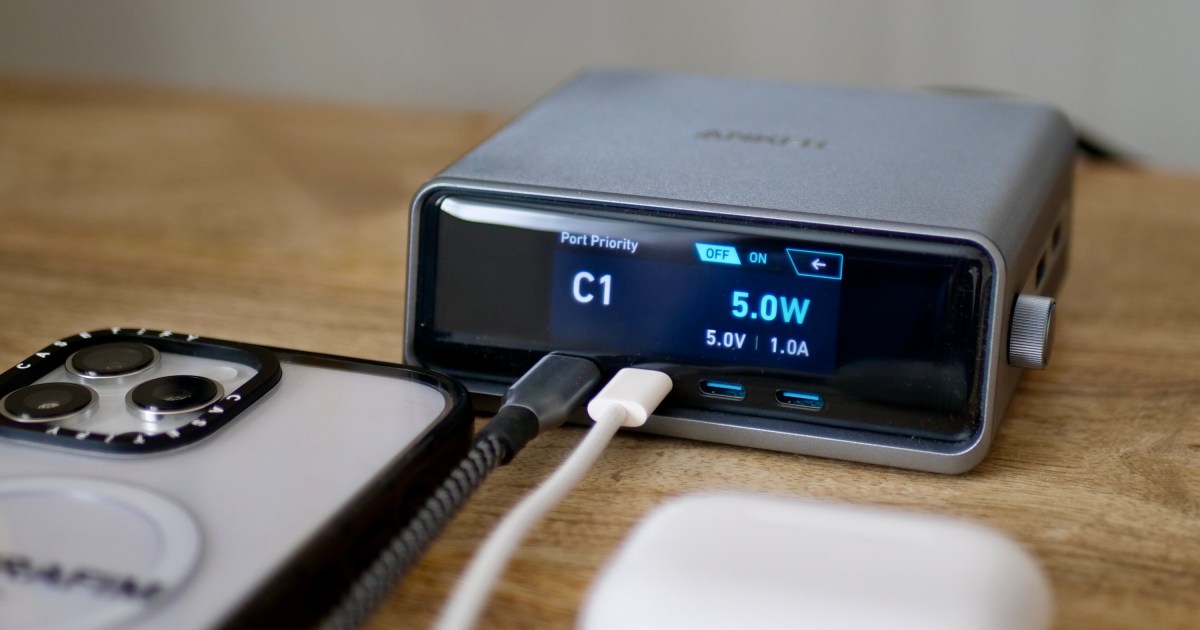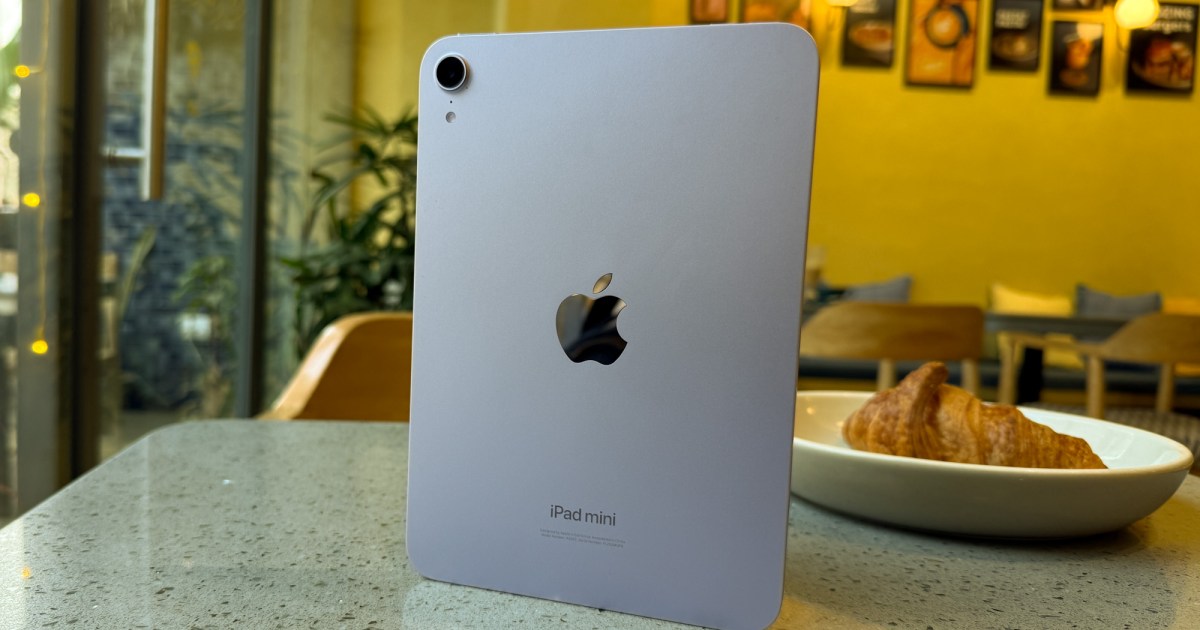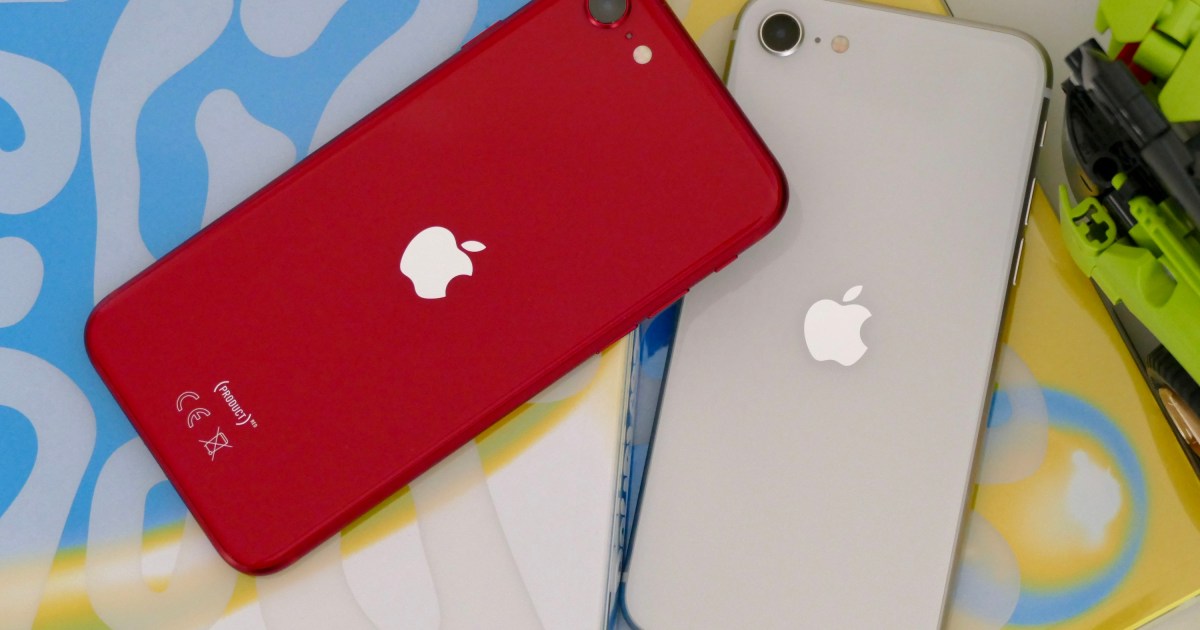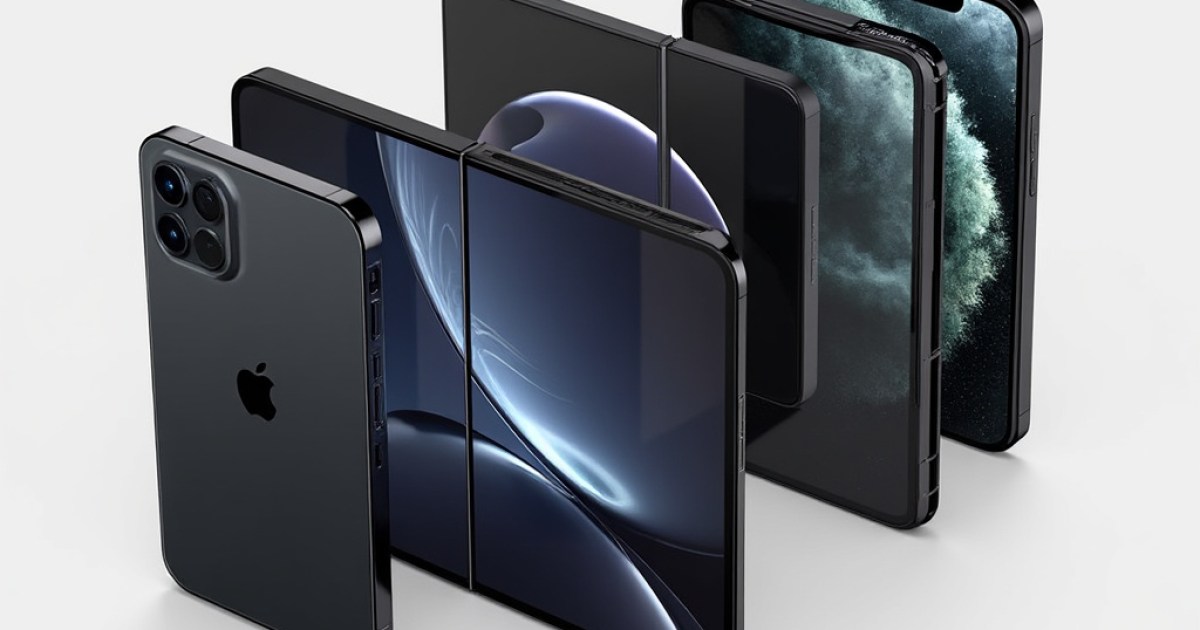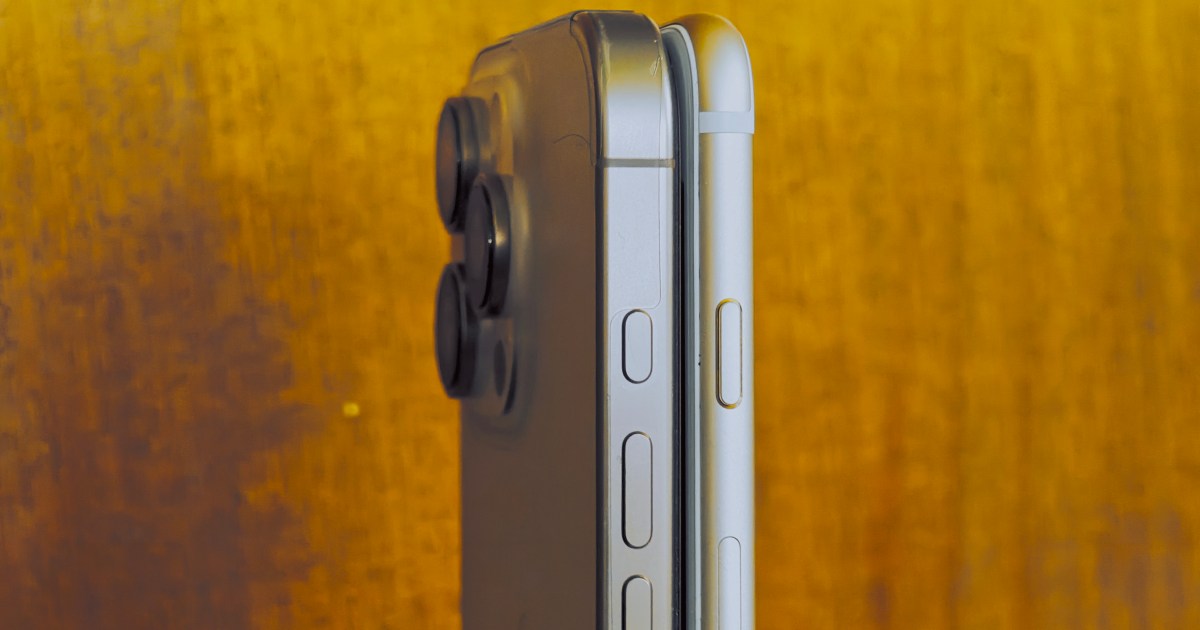When smartphone manufacturers launch new devices, they often highlight specific camera specifications. Samsung emphasizes the Galaxy S24 Ultra’s 200MP main camera and 5x telephoto lens, Apple focuses on its 48MP Fusion camera, and Google touts its 5x telephoto zoom capabilities. However, a closer look reveals that these headline-grabbing cameras are frequently accompanied by lower-resolution secondary sensors. This disparity can significantly impact video recording, especially when switching lenses mid-recording. The Oppo Find X8 Pro offers a refreshing solution to this common issue, demonstrating a path forward for competitors like Google and Samsung.
 Close up of the Find X8 Pro cameraOppo Find X8 Pro Camera. Image Credit: Nirave Gondhia / MaagX
Close up of the Find X8 Pro cameraOppo Find X8 Pro Camera. Image Credit: Nirave Gondhia / MaagX
The Find X8 Pro’s camera system excels not just in image quality, but also in its innovative approach to sensor consistency. This makes it a compelling alternative to the iPhone 16 Pro and a worthy competitor to other top-tier camera phones. Its unique camera configuration sets a new benchmark for smartphone photography and videography.
The 50MP Advantage: A Consistent Camera Experience
The Find X8 Pro tackles the problem of lens disparity head-on with its quad 50MP camera setup. It features a 50MP main camera, a 50MP ultrawide lens, a 50MP telephoto lens with 3x zoom, and a fourth 50MP telephoto lens with 6x zoom. This configuration ensures consistent raw data across all lenses, minimizing quality discrepancies. The standard Find X8 adopts a similar approach, omitting only the secondary 6x telephoto lens. This commitment to sensor uniformity significantly enhances the overall photography and videography experience.
Comparing Camera Approaches: Oppo, Samsung, and Google
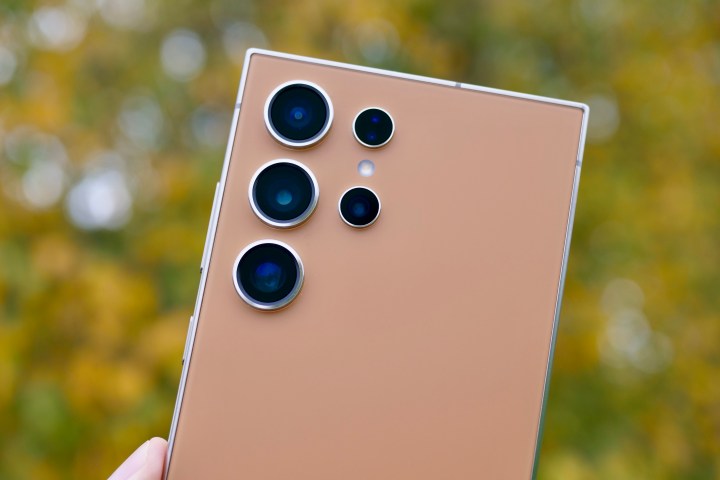 The Samsung Galaxy S24 UltraSamsung Galaxy S24 Ultra. Image Credit: Andy Boxall / MaagX
The Samsung Galaxy S24 UltraSamsung Galaxy S24 Ultra. Image Credit: Andy Boxall / MaagX
Many smartphone users rely on their devices as their primary cameras. However, most phones exhibit noticeable quality differences when switching between lenses. Google’s Pixel 9 Pro and Pixel 9 Pro XL minimize this issue with their 48MP telephoto and ultrawide lenses paired with a 50MP main camera. While differences remain, they are less pronounced than on other devices.
Samsung’s Galaxy S24 Ultra boasts a 200MP main camera, but its secondary lenses—a 10MP 3x optical zoom, a 50MP 5x optical zoom, and a 12MP ultrawide—lag behind. Despite sophisticated algorithms, ultrawide photos, in particular, can suffer from detail loss.
Why Lens Consistency Matters for Video Recording
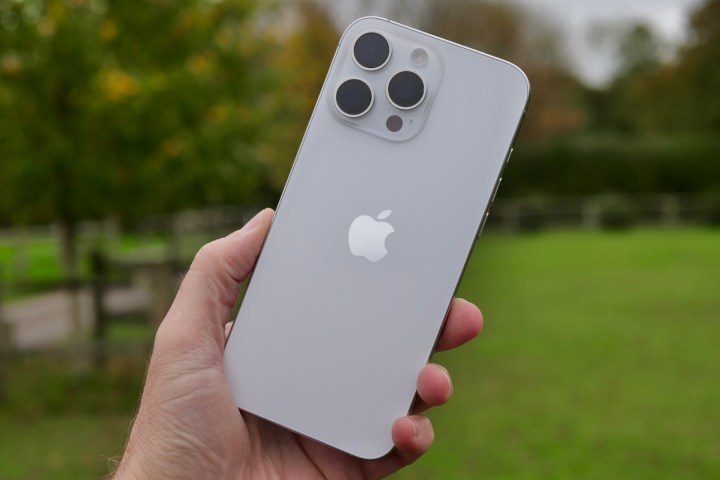 A person holding the Apple iPhone 16 Pro Max.Apple iPhone 16 Pro Max. Image Credit: Andy Boxall / MaagX
A person holding the Apple iPhone 16 Pro Max.Apple iPhone 16 Pro Max. Image Credit: Andy Boxall / MaagX
While lens consistency is less critical for still photography, it becomes crucial for video recording, especially when transitioning between lenses mid-capture. This is particularly evident in dynamic scenarios like filming a wedding.
To illustrate this, compare video samples from the Pixel 9 Pro, Oppo Find X8 Pro, and Galaxy S24 Ultra:
-
Pixel 9 Pro Video Lens Example: [Insert Embedded Video or Link Here]
-
Oppo Find X8 Pro Video Lens Example: [Insert Embedded Video or Link Here]
-
Galaxy S24 Ultra Video Lens Example: [Insert Embedded Video or Link Here]
While the Find X8 Pro still exhibits minor variations in light and color reproduction, the quality remains remarkably consistent across different zoom levels. The Pixel 9 Pro also performs well, but a noticeable quality dip occurs before switching to the telephoto lens, suggesting a dual telephoto approach for future Pixel devices. The Galaxy S24 Ultra, however, suffers from significant shifts in quality, light, and color during lens transitions, impacting the overall video experience.
Beyond Consistency: Additional Features of the Find X8 Pro
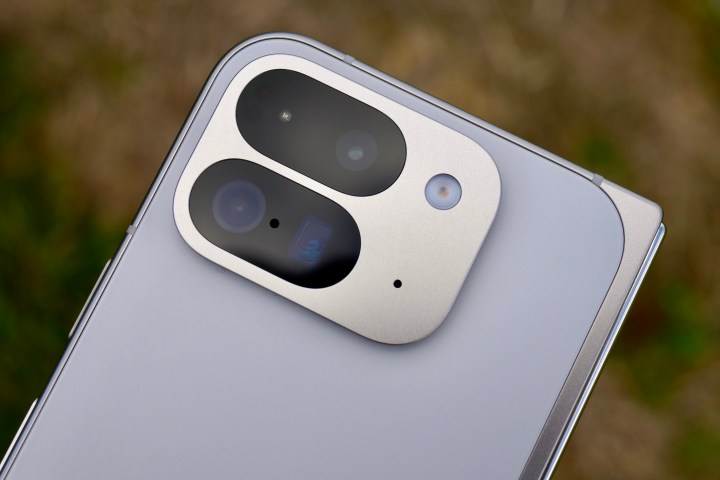 The Google Pixel 9 Pro FoldGoogle Pixel 9 Pro Fold. Image Credit: Andy Boxall / MaagX
The Google Pixel 9 Pro FoldGoogle Pixel 9 Pro Fold. Image Credit: Andy Boxall / MaagX
The Find X8 Pro also boasts zero shutter lag, enabling capture of fleeting moments. Its “lightning snap” feature captures seven photos per second, each combining nine high-resolution frames. This results in exceptional image quality, especially for capturing dynamic scenes like fireworks.
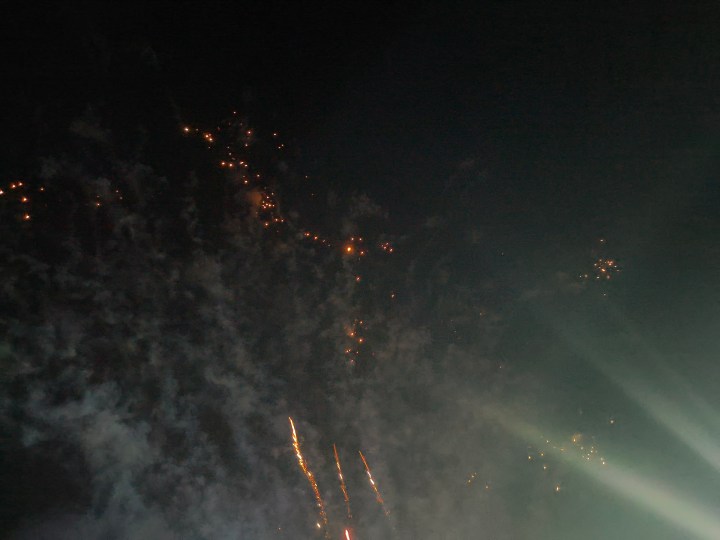 Fireworks photo captured on the Oppo Find X8 ProFireworks captured on Oppo Find X8 Pro.
Fireworks photo captured on the Oppo Find X8 ProFireworks captured on Oppo Find X8 Pro.
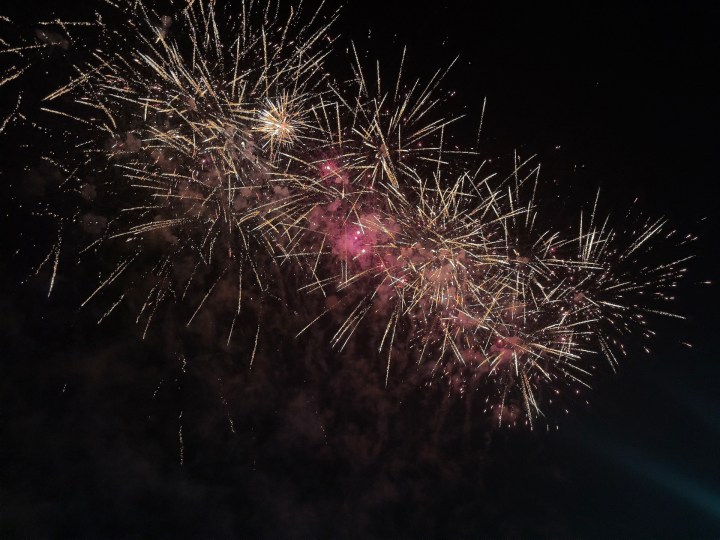 Fireworks photo captured on the Oppo Find X8 ProFireworks captured on Oppo Find X8 Pro.
Fireworks photo captured on the Oppo Find X8 ProFireworks captured on Oppo Find X8 Pro.
 Fireworks photo captured on the Oppo Find X8 ProFireworks captured on Oppo Find X8 Pro.
Fireworks photo captured on the Oppo Find X8 ProFireworks captured on Oppo Find X8 Pro.
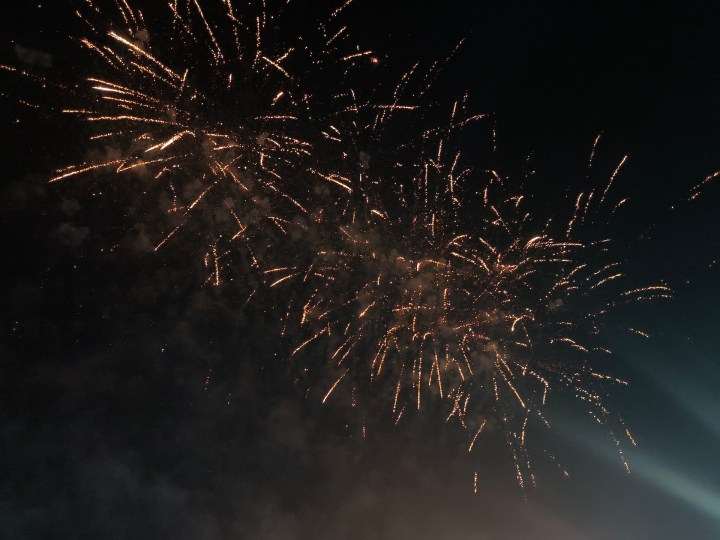 Fireworks photo captured on the Oppo Find X8 ProFireworks captured on Oppo Find X8 Pro.
Fireworks photo captured on the Oppo Find X8 ProFireworks captured on Oppo Find X8 Pro.
 Fireworks photo captured on the Oppo Find X8 ProFireworks captured on Oppo Find X8 Pro.
Fireworks photo captured on the Oppo Find X8 ProFireworks captured on Oppo Find X8 Pro.
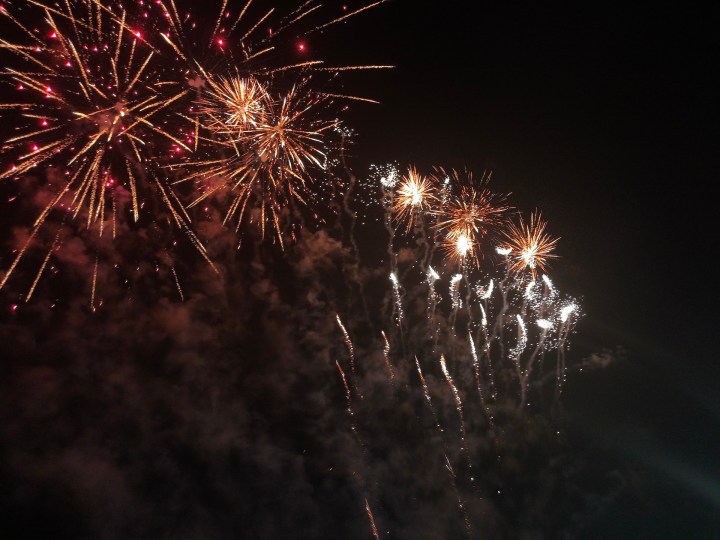 Fireworks photo captured on the Oppo Find X8 ProFireworks captured on Oppo Find X8 Pro.
Fireworks photo captured on the Oppo Find X8 ProFireworks captured on Oppo Find X8 Pro.
This zero shutter lag extends to capturing clear images from moving vehicles. Furthermore, the Find X8 Pro’s zoom capabilities surpass even the Galaxy S24 Ultra’s 100x Space Zoom, challenging Samsung’s leadership in this area.
The Future of Smartphone Cameras: Learning from Oppo
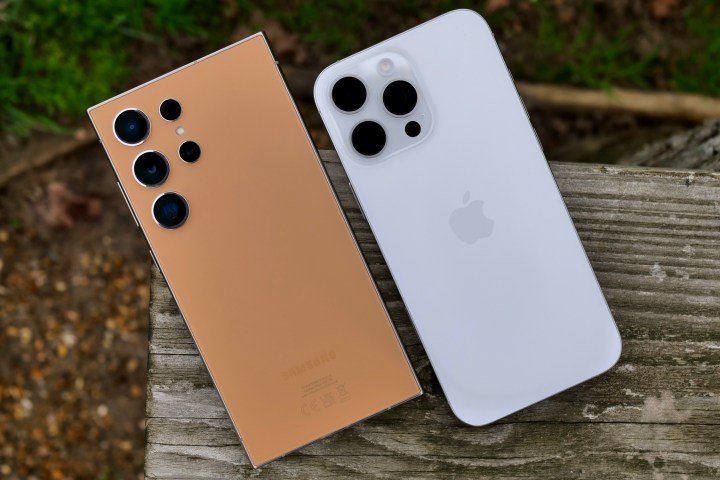 The back of the Samsung Galaxy S24 Ultra and Apple iPhone 16 Pro Max.Samsung Galaxy S24 Ultra (left) and Apple iPhone 16 Pro Max. Image Credit: Andy Boxall / MaagX
The back of the Samsung Galaxy S24 Ultra and Apple iPhone 16 Pro Max.Samsung Galaxy S24 Ultra (left) and Apple iPhone 16 Pro Max. Image Credit: Andy Boxall / MaagX
The Oppo Find X8 Pro’s consistent lens quality is a feature all smartphone manufacturers should emulate. This, combined with advanced software algorithms, could revolutionize smartphone photography. While the Pixel 9 Pro and iPhone 16 Pro boast excellent cameras, the Find X8 Pro’s versatility sets a new standard, making it a compelling choice for mobile photography enthusiasts.



